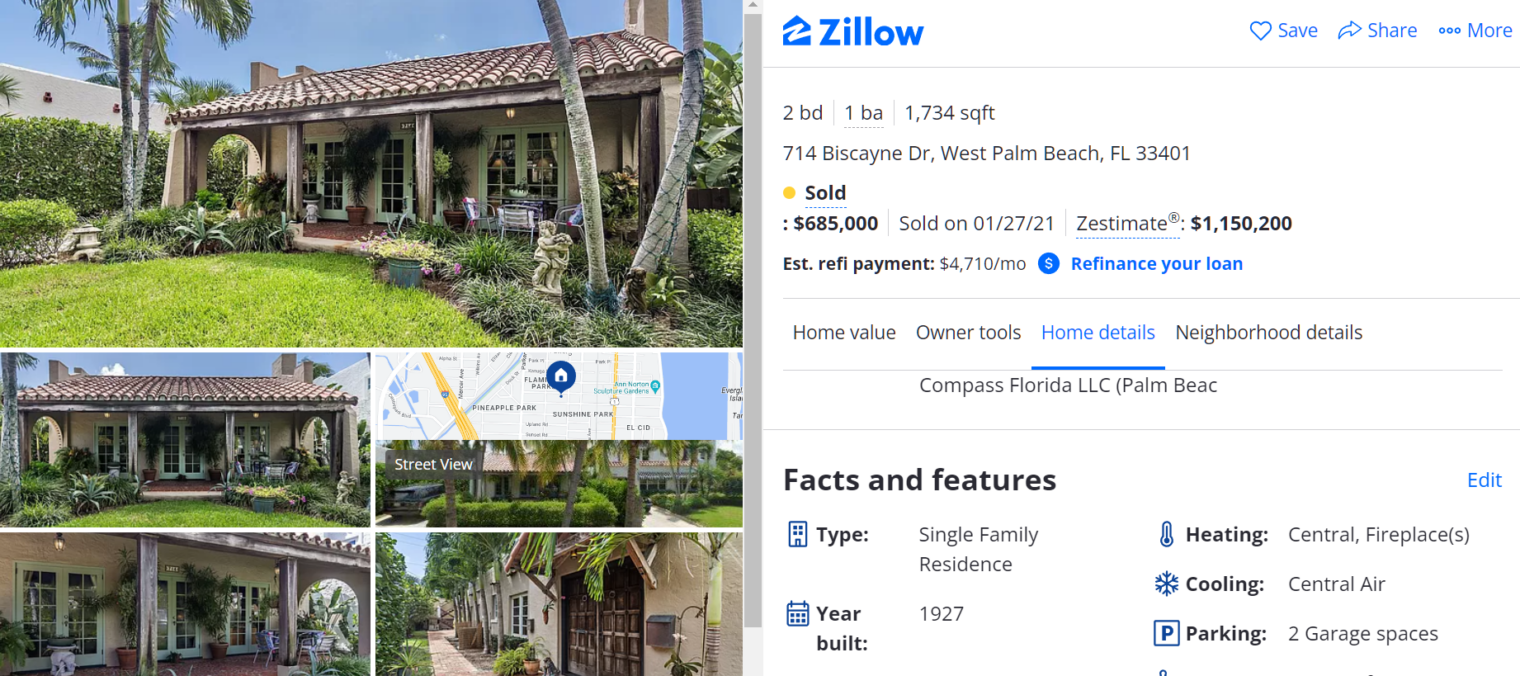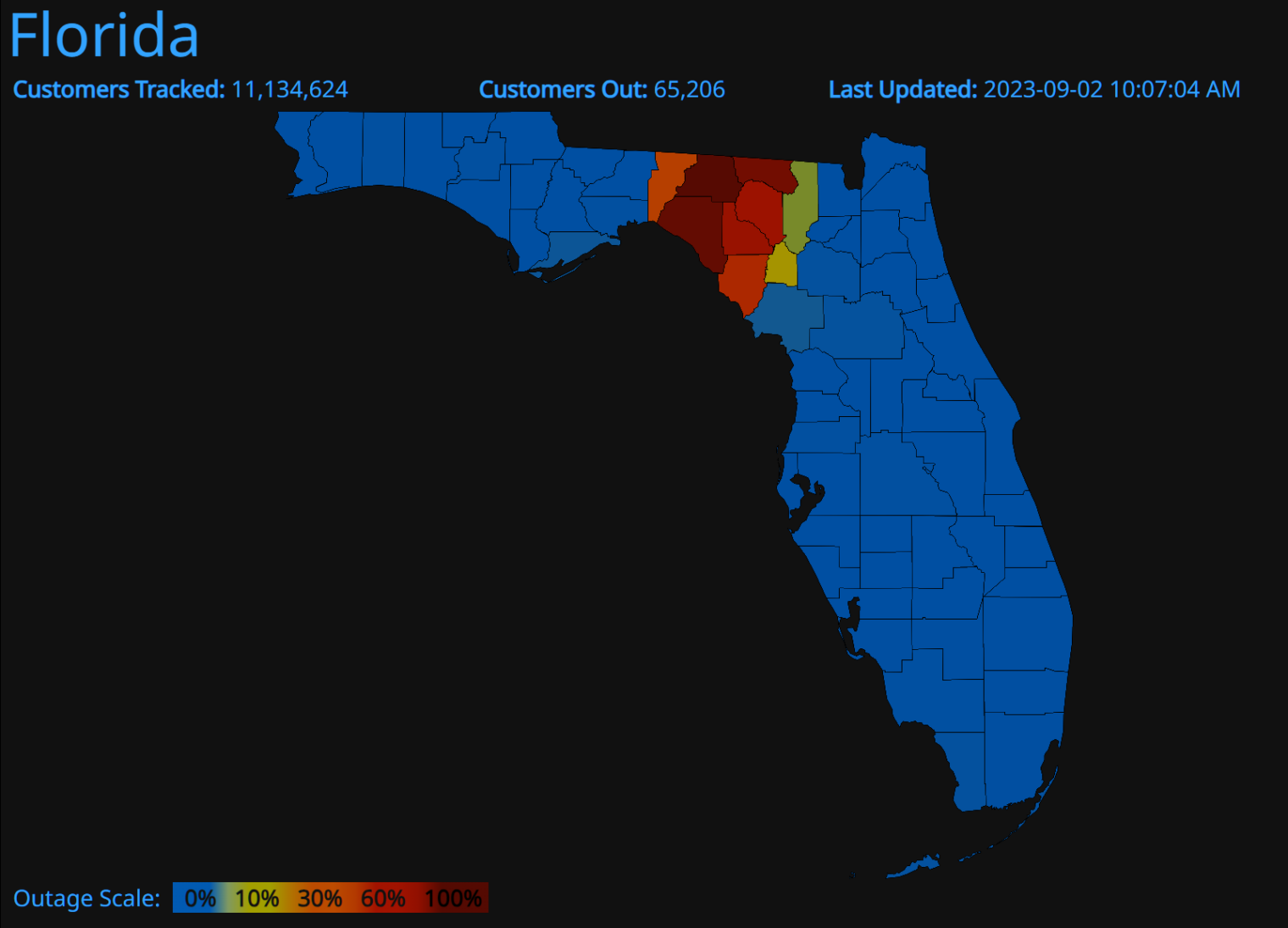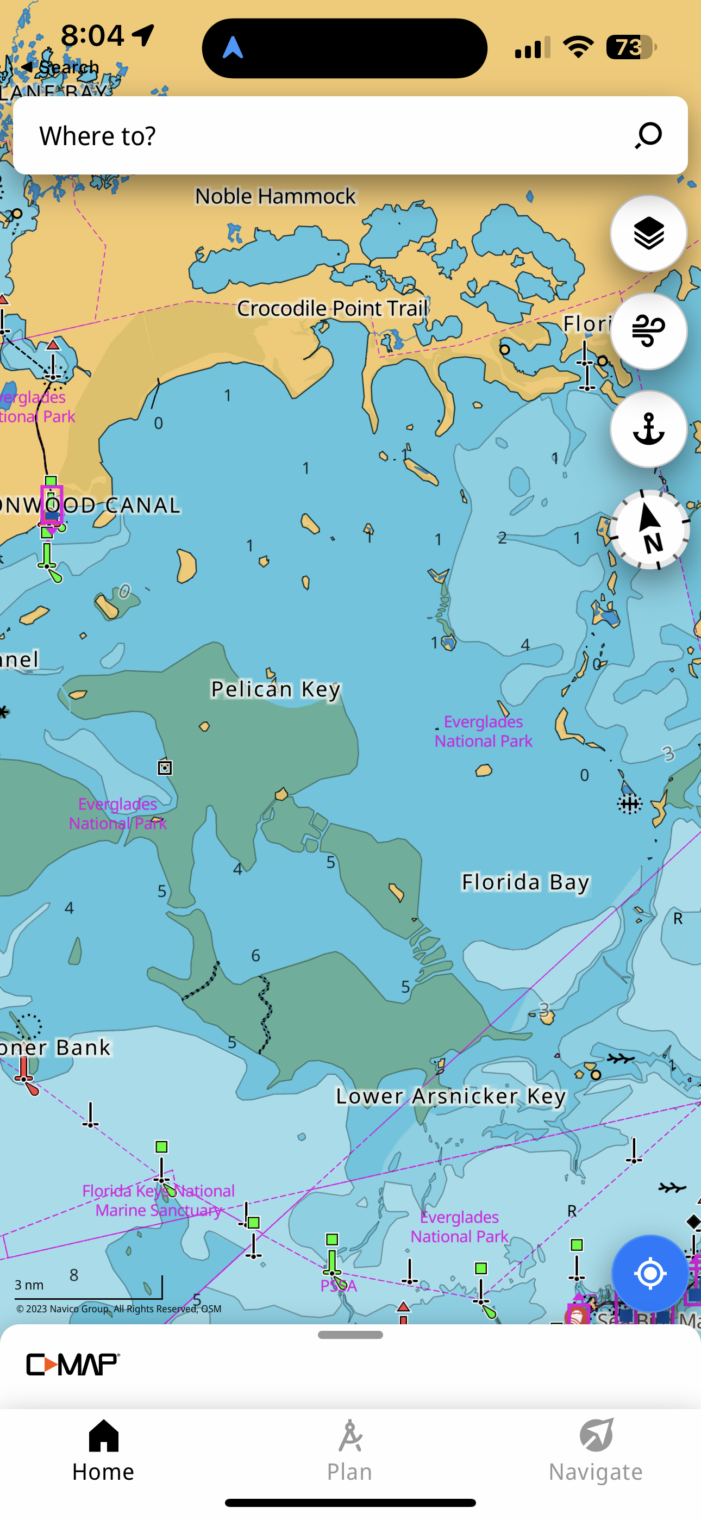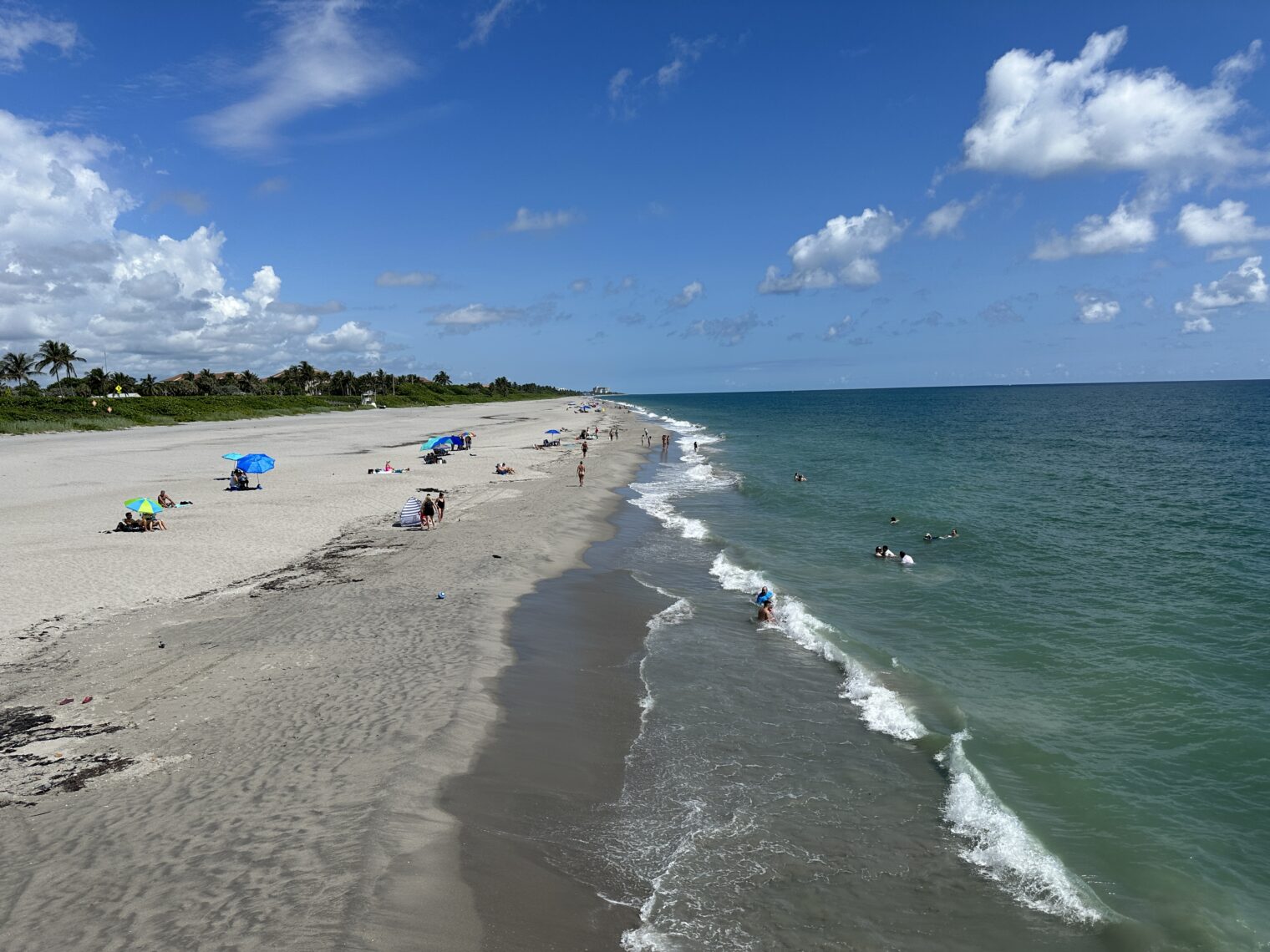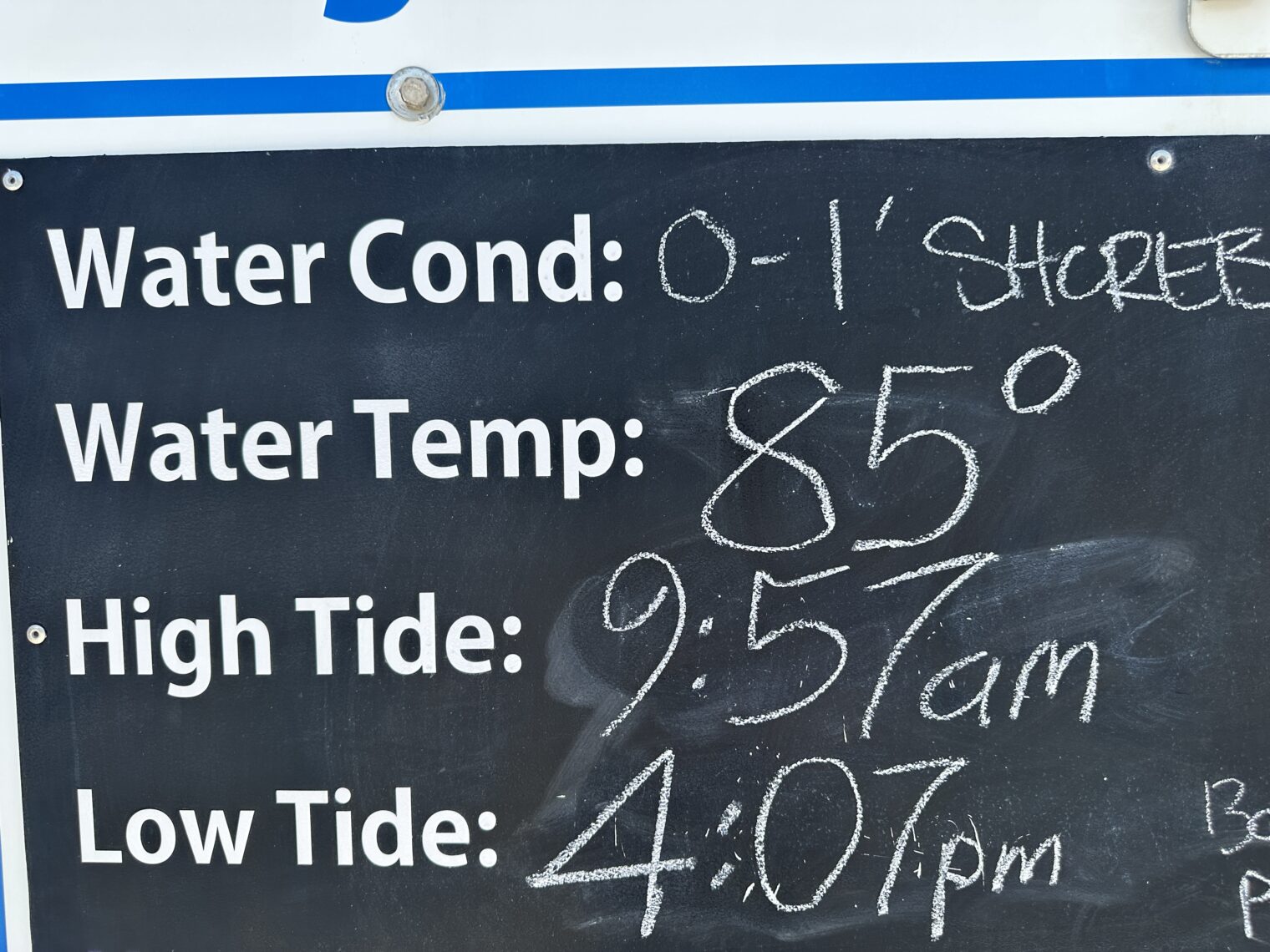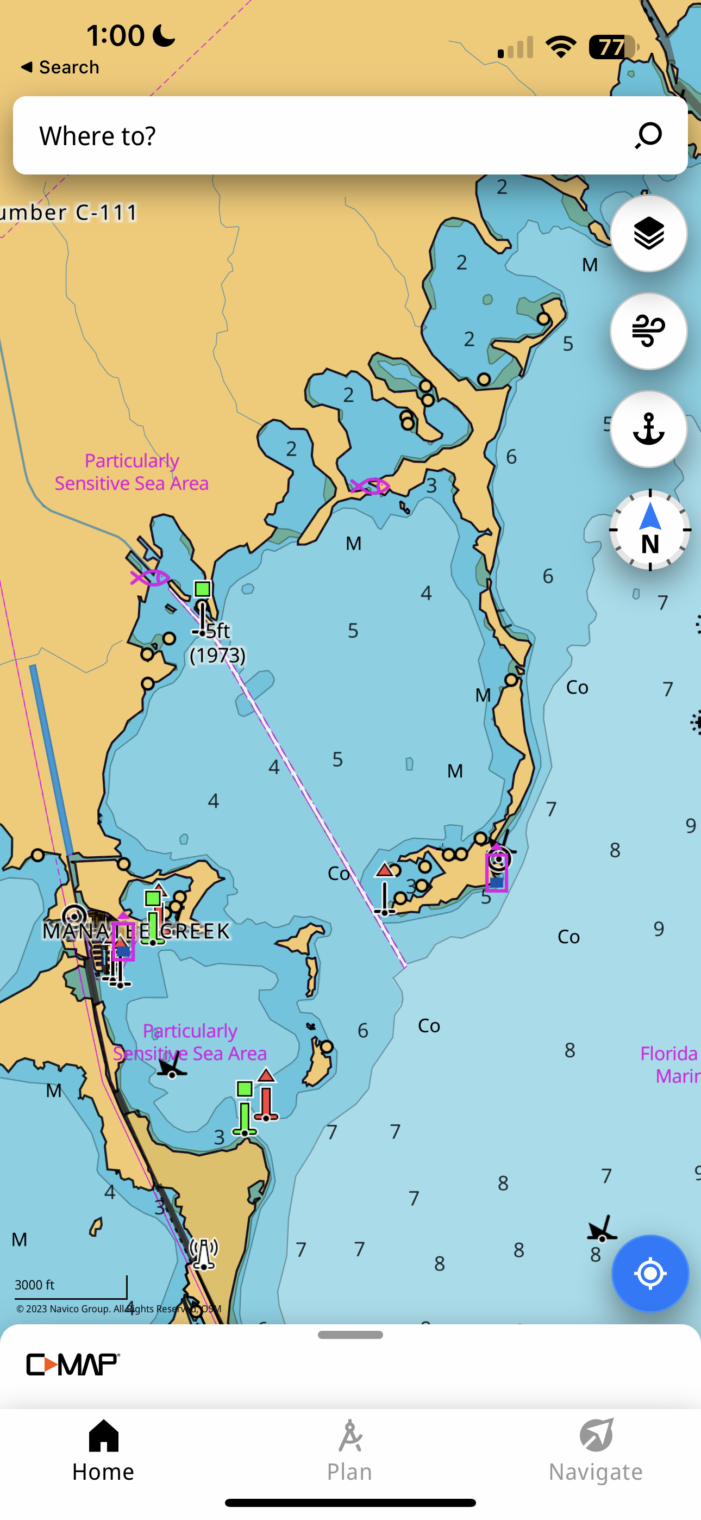New Yorkers write about the Florida homeowners insurance market disaster… using 100-year-old wooden houses as a typical example
Just as the weather here in Palm Beach County turned perfect (dry and highs of 75-80), friends in Maskachusetts who’ve been talking about escape send me an article from the Manhattan-based Wall Street Journal, “Home Insurance Is So High in This Florida Town, Residents Are Leaving”:
James and Laura Molinari left Chicago for a two-story stucco home in this city’s historic Flamingo Park neighborhood. The four-bedroom house was a short bridge away from Palm Beach island and walking distance to downtown West Palm Beach.
Then the renewal for his home insurance arrived. The new rate for the year starting in September was around $121,000—more than seven times what the Molinaris said they paid last year, and more than 13 times what they paid when the family moved to Florida in 2019.
While they found a better rate from another insurer, at about $33,000 it is still nearly double what they paid last year. The family this month listed the home for sale with an asking price of nearly $3.5 million after determining that insurance costs made staying there too expensive. Others in Flamingo Park told The Wall Street Journal they are drawing the same conclusion.
Paying nearly 1% of the house’s value for insurance is pretty expensive. But… “historic” in Florida? Here’s a house that I found on Zillow in that neighborhood:
It’s almost 100 years old. Is it made from concrete blocks and steel rebar like the typical reasonably new house in Florida? No. It’s a wood structure (“frame”):
So the New York-based journalists write about a 100-year-old neighborhood with the implication that this is typical for Florida. In fact, any house built after Hurricane Andrew (1992; made landfall south of Miami as a Category 5 storm) is likely well-defended against hurricanes. State Farm won’t write new policies on houses built before 2003, presumably due to the fact that a post-Andrew building code took effect statewide in 2002 (a similar code took effect just two years after Andrew in South Florida).
More from the newspaper:
“When you have a home that’s one million dollars or less, your insurance premium becomes higher than your mortgage,” he said.
Can this be true? The article mentions a bunch of folks paying about 1 percent of their house+lot value to insure an ancient wooden structure. Absent a huge down payment or a savvy purchase just after the Collapse of 2008, wouldn’t a 30-year mortgage obtained in pre-Biden times have to be at least 2 percent of the house+lot value?
Separately, there doesn’t seem to be a huge effect yet from the new laws. “Here’s why Florida insurance premiums aren’t expected to go down anytime soon” (WTSP, October 12, 2023):
Karen Clark & Co’s analysis says that while there are factors beyond legislative control causing homeowner premiums to rise, recent laws targeting lawsuits against insurers might at least keep future premium hikes smaller than they might otherwise have been.
According to data, Florida had 10 times the percentage of litigated homeowner claims compared to other states where major hurricanes made landfall. On average, claims that are subject to lawsuits cost about seven times more on average than ones that aren’t. With new laws reducing the amount of insurance claims taken to court, one of the factors driving up future premium costs might be mitigated.
I’m wondering about the highlighted sentence. Is that adjusted for the severity of the damage to the house? It makes sense that a $10,000 problem doesn’t result in a lawsuit while a $100,000 problem might.
Circling back to the WSJ article… the only way to save money is to move back to the Northeast where the WSJ is based?
Full post, including comments